






 This, my friends, happens to be the new Catholic Church which is in the Emirate of Qatar, an absolute Islamic monarchy.
This, my friends, happens to be the new Catholic Church which is in the Emirate of Qatar, an absolute Islamic monarchy.



From Zenit:
Pope Sends Envoy to Persian Gulf Nation
 DOHA, Qatar, MARCH 16, 2008 (Zenit.org).- Faithful in Qatar, led by the prefect of the Congregation for the Evangelization of Peoples, welcomed the nation's first Catholic church, built in the seaside capital city of Doha.
DOHA, Qatar, MARCH 16, 2008 (Zenit.org).- Faithful in Qatar, led by the prefect of the Congregation for the Evangelization of Peoples, welcomed the nation's first Catholic church, built in the seaside capital city of Doha.Thousands of faithful joined with Cardinal Ivan Dias in the inaugural celebration Friday. Cardinal Dias came as the Pope's special envoy, bearing a chalice sent by the Pontiff.
The tiny peninsular nation in the Persian Gulf, bordering Saudi Arabia, has a population of less than 1 million, with a strong majority of Muslims. The Catholic population is multiethnic, including many of the foreign workers in the booming business of natural gas and oil production. Mass will be celebrated at the Church of Our Lady of the Rosary in 14 languages.
 "It is an event of historical importance which, after 14 centuries of prohibitions, sees a place of worship for Catholics established in this country of the Gulf," Vatican Radio explained.
"It is an event of historical importance which, after 14 centuries of prohibitions, sees a place of worship for Catholics established in this country of the Gulf," Vatican Radio explained.
The structure, which bears no crosses or bells, stands on land that was donated to the Church seven years ago by Qatar's emir, Sheikh Hamad Bin Khalifa Al-Thani, who is favorable to interreligious dialogue.
 Cardinal Dias conveyed the Pope's greetings to those present, among whom were the apostolic vicar of Arabia, Bishop Paul Hinder; his predecessor, Bishop Bernardo Gremoli; the apostolic nuncio in Kuwait, Archbishop Paul-Mounged El-Hachem; and the apostolic vicar in Kuwait, Bishop Camillo Ballin.
Cardinal Dias conveyed the Pope's greetings to those present, among whom were the apostolic vicar of Arabia, Bishop Paul Hinder; his predecessor, Bishop Bernardo Gremoli; the apostolic nuncio in Kuwait, Archbishop Paul-Mounged El-Hachem; and the apostolic vicar in Kuwait, Bishop Camillo Ballin.
"Finally, the Catholics of Doha have their house where they can meet in freedom and security," Bishop Hinder observed, explaining that the 150,000 Christians present in Qatar "come above all from the Philippines, India and from about 100 other countries of the world."
A Qatar government official spoke of the Church as the bearer of "a message of peace" for the world. He affirmed the nation's openness to Christianity; authorities have granted permission for five other Christian churches in Qatar.
Vatican Radio, however, cautioned that government openness has not warded off the threat of attacks from Islamic fundamentalists on the local Christian community. The station noted that embassies in Qatar have invited their citizens to exercise prudence.
Images from the Civil Opening Ceremony of the Church
 Bishop Paul Hinder, the Parish Council Vice President of Boulos (Andrew: And Vicar Apostolic of Arabia), gives a speech to other bishops, delegates and VIPs during the opening of the Church of Our Lady of the Rosary in Doha, Qatar Friday March 14, 2008. This tiny, wealthy Arab Gulf country is opening its first Roman Catholic church, ending some 50 years of clandestine worship for tens of thousands of foreign workers here. (AP Photo/Sam)
Bishop Paul Hinder, the Parish Council Vice President of Boulos (Andrew: And Vicar Apostolic of Arabia), gives a speech to other bishops, delegates and VIPs during the opening of the Church of Our Lady of the Rosary in Doha, Qatar Friday March 14, 2008. This tiny, wealthy Arab Gulf country is opening its first Roman Catholic church, ending some 50 years of clandestine worship for tens of thousands of foreign workers here. (AP Photo/Sam)
 Deputy Prime Minister and Minister of Energy and Industry Abdullah Bin Hamad Al-Attiyah and Archbishop Mounget Al Hachem (Andrew: The Papal nuncio), from left, are seen during the opening of the Church of Our Lady of the Rosary in Doha, Qatar Friday March 14, 2008. This tiny, wealthy Arab Gulf country is opening its first Roman Catholic church, ending some 50 years of clandestine worship for tens of thousands of foreign workers here. (AP Photo/Sam)
Deputy Prime Minister and Minister of Energy and Industry Abdullah Bin Hamad Al-Attiyah and Archbishop Mounget Al Hachem (Andrew: The Papal nuncio), from left, are seen during the opening of the Church of Our Lady of the Rosary in Doha, Qatar Friday March 14, 2008. This tiny, wealthy Arab Gulf country is opening its first Roman Catholic church, ending some 50 years of clandestine worship for tens of thousands of foreign workers here. (AP Photo/Sam)
 Architect Lorenzo Carmellini, left and artist Valentino Vago, look on in the Church of Our Lady of the Rosary, the first church building in Doha, Qatar, Thursday, March 13, 2008. The tiny, wealthy Arab Gulf country will open its first-ever Catholic church to worshippers on Friday. The land for Qatar's first Catholic church with 2,700 seats, was donated to the Catholic community by Qatar's emir Sheik Khalifa Al Thani. The cost for building of the Church of Our Lady of the Rosary is estimated at US$15 million dollars. (AP Photo/Sam)
Architect Lorenzo Carmellini, left and artist Valentino Vago, look on in the Church of Our Lady of the Rosary, the first church building in Doha, Qatar, Thursday, March 13, 2008. The tiny, wealthy Arab Gulf country will open its first-ever Catholic church to worshippers on Friday. The land for Qatar's first Catholic church with 2,700 seats, was donated to the Catholic community by Qatar's emir Sheik Khalifa Al Thani. The cost for building of the Church of Our Lady of the Rosary is estimated at US$15 million dollars. (AP Photo/Sam)From Yahoo News:
First Christian church opens in Qatar

 DOHA, Qatar - Thousands of worshippers gathered Saturday for the consecration of Qatar's first Christian church, ending decades of underground worship in this Sunni Muslim and deeply conservative Persian Gulf nation.
DOHA, Qatar - Thousands of worshippers gathered Saturday for the consecration of Qatar's first Christian church, ending decades of underground worship in this Sunni Muslim and deeply conservative Persian Gulf nation.
 Cardinal Ivan Dias presented the new Roman Catholic parish of Our Lady of the Rosary with a chalice offered by Pope Benedict XVI. Many congregants wept when a relic of Saint Padre Pio da Pietrelcina was dedicated in the five-hour Mass.
Cardinal Ivan Dias presented the new Roman Catholic parish of Our Lady of the Rosary with a chalice offered by Pope Benedict XVI. Many congregants wept when a relic of Saint Padre Pio da Pietrelcina was dedicated in the five-hour Mass. Three dozen bishops and priests gathered to celebrate the mass, which was conducted in English with prayers in the Tagalog language from the Philippines, Hindi, Arabic and other languages.
"It is a wonderful day for us, we have been waiting for many, many years to have a proper place of worship," said Indian resident Robert Rodriguez, one of the estimated 10,000 people who gathered for the ceremony.
Only 3,000 worshippers could fit inside the packed dome building, leaving thousands more to gather outside the doors.
Nearby, five more churches are under construction for other Christian denominations in this oil-rich state, where over 70 percent of the population are expatriate workers.
The 2,700-seat church was built on land donated by Qatar's emir, Sheikh Hamad Bin Khalifa Al-Thani. Out of respect for local sensitivities, the exterior does not feature any religious symbols that identify the building as a place of Christian worship.
Qatar follows the rigorous Wahhabi teachings of Sunni Islam, and like neighboring Saudi Arabia had not previously authorized Christians to practice their faith openly. A Catholic priest had operated in Qatar without official approval since the 1960s.
The consecration and construction appear to be signs of Qatar's efforts to open up to the West as it seeks a bid for the Olympic Games in 2016.

"It is a dream coming true," said Bishop Bernardo Gremoli, a former vicar of Arabia who initiated the church project more than 20 years ago.
Some 150,000 Christians of all denominations live in the emirate. About 90 percent of them are Catholic expatriate workers from the Philippines, India and other Asian nations.
"This is a historic day for the Christian community," said Filipino Imelda Ilotin. "It signifies that people can live together in peace and diversity if they are guided by illuminated rulers," she said.
Gremoli, who carried the relic of Padre Pio to Qatar, said it was the first ever holy relic to be sent from Rome to a church of the Arabian Peninsula.
Padre Pio, a mystic Capuchin monk who had an enormous following in Italy and abroad, died in 1968 after living for decades with inexplicable, bleeding wounds on his hands and feet, like the wounds Jesus suffered at crucifixion. Pope John Paul II canonized him in 2002.
Qatar's most ambitious move to open up to the world has come through sports. It held the 2006 Asian games and hopes to win the 2016 summer Olympics. A short list of candidate cities for the 2016 Olympics will be announced next June.
![[Unam Sanctam]](https://blogger.googleusercontent.com/img/b/R29vZ2xl/AVvXsEiymQ2adTjpZ1ABhPBbBBquiPCxeQrc4Jy_97vOikT0wGQeJleriiXQy6ebnb0jrYe-TfvcK77txStB4aIwVAdD41ZdMkVfNtFGC0JX6LBV9B8mfeRZaIAM7Sj-011ag3DiKQzv/s1600/headerdivinemercy.jpg)














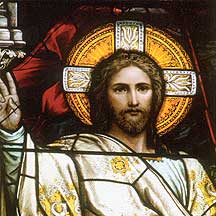
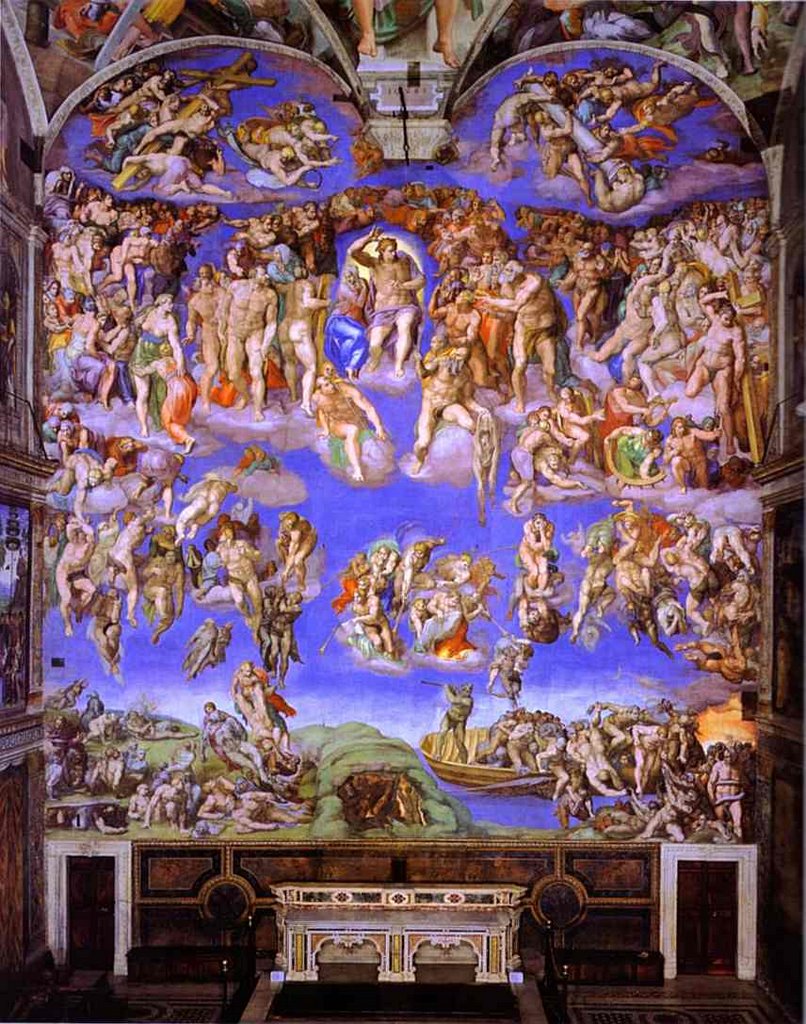


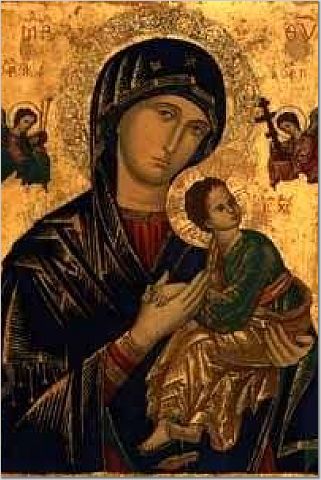



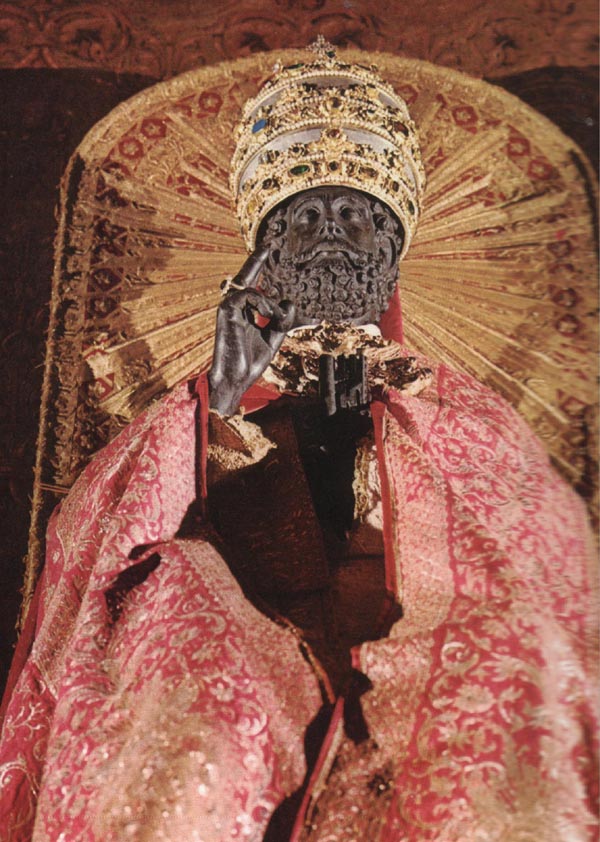
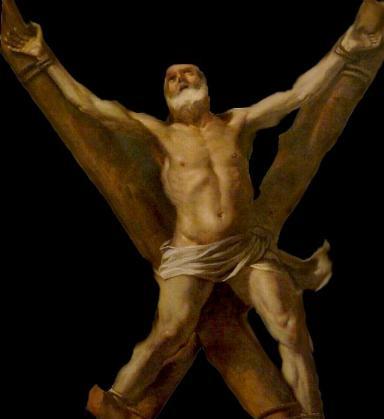

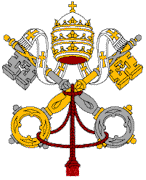


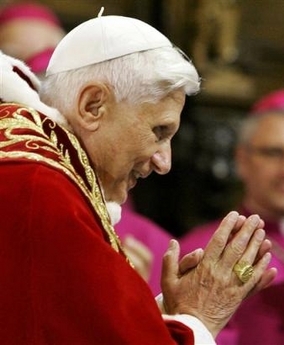






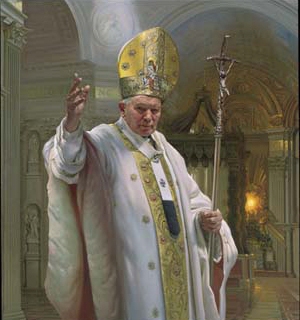
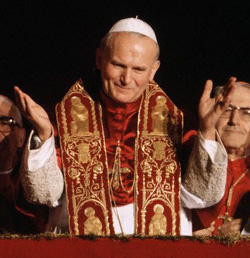
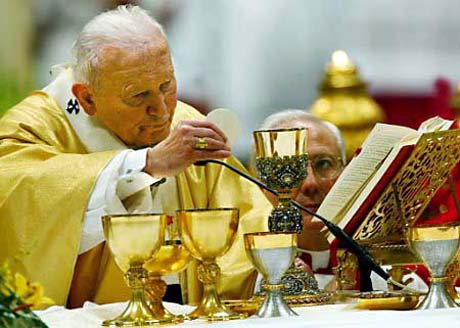
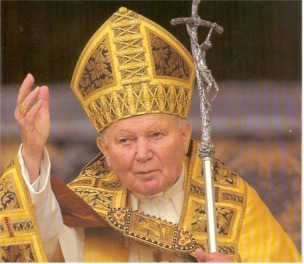






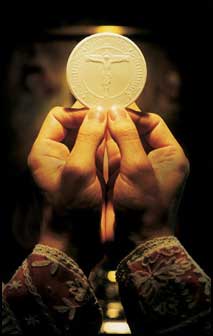
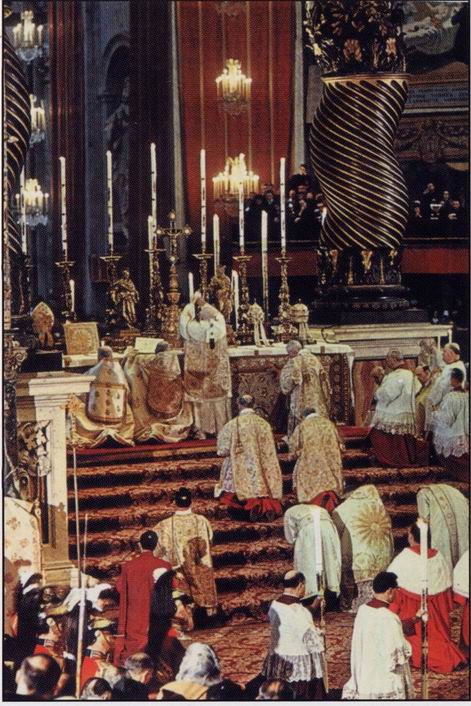

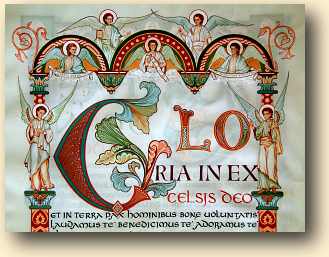

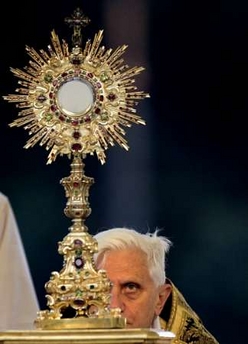


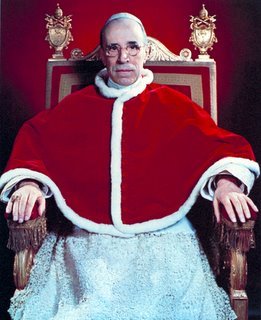




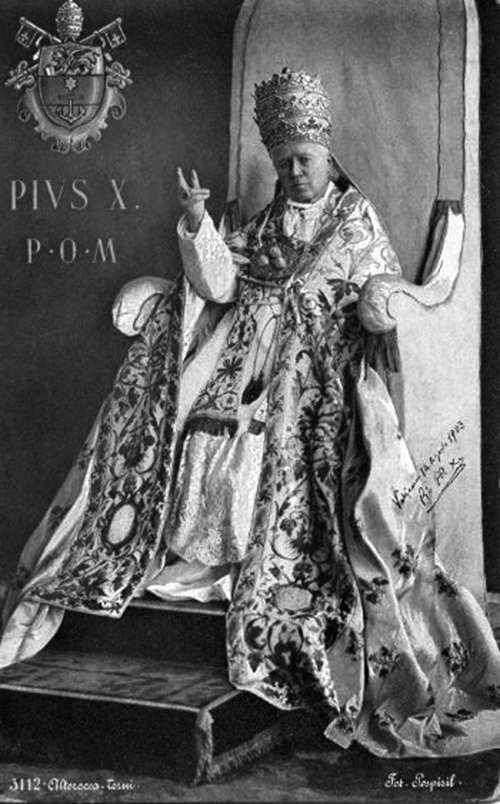



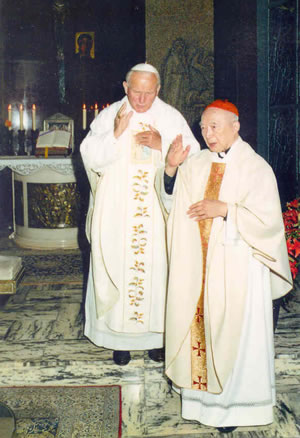






4 comments:
I am very happy for the people living in Qatar.
Thank God.
I don't want to be negative of such a great thing, and I understand the sensitivities of the external architecture, but with all due respect I was underwhelmed by the internal architecture. I like the Traditional High Altar and more decorative statuary etc.
But again, I am happy and thankful.
May this Church bring many Blessings to the People of Qatar.
I'm afraid statues would have been a very bad idea, given the location and circumstances.
The very fact that it exists makes it beautiful, but the design is very good.
I too would love nothing better then plonking Notre Dame into the desert. But that's not possible.
Well, it's always easier to add stuff such as statues once you actually have a Church to add stuff to. Yeah, Jeffrey, I agree that the design is rather good, given the circumstances and sensitivities involved. It looks dignified.
It looked like an Armenian priest in the background of one of the photos. Although some of the Egyptian priests also have the dark colors and the unique head covering (unique from a Western perspective)
I know there are some Armenian Christians still in Iran.
Post a Comment